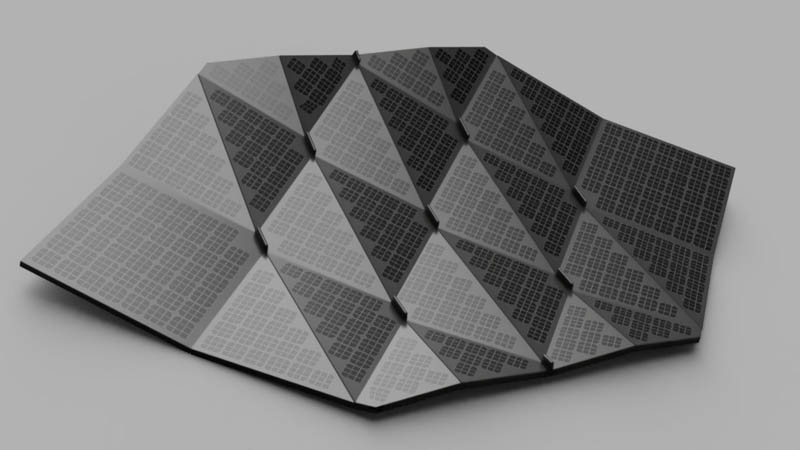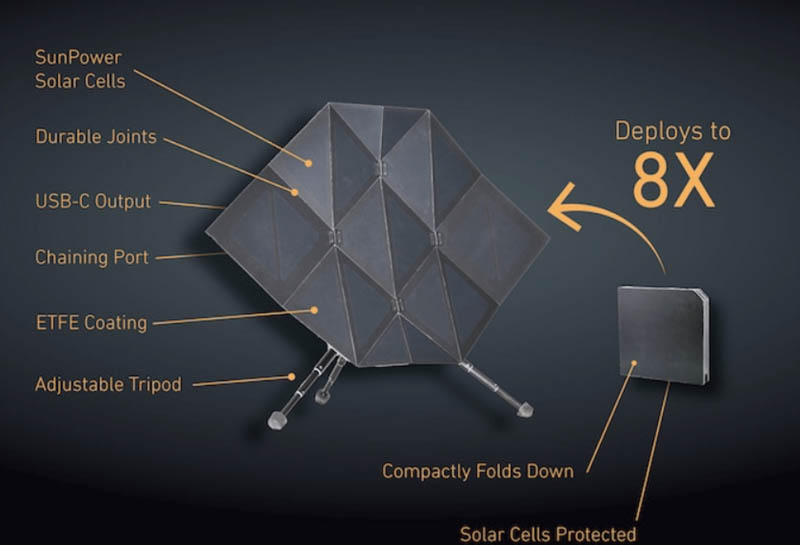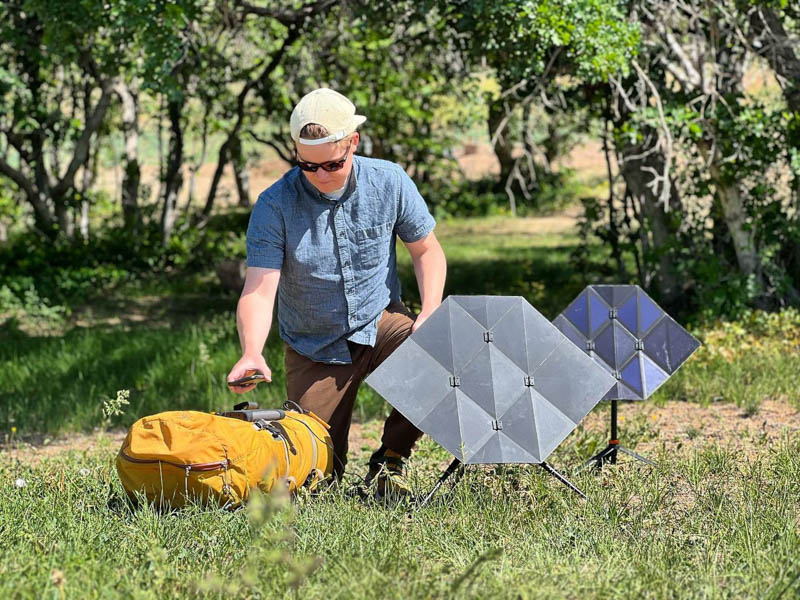Making A Solar Charger Inspired By The Art Of Origami
The Startup Sego Innovations Has Succeeded In Making A Solar Charger That Can Act As A Portable And Renewable Power Source By Using The Origami Technique.
Beyond the cute paper sculptures of elementary school, the ancient art of origami has created breakthroughs in design and engineering.
From space houses, watercraft, and water bottles to camping furniture, origami techniques have been used to create items that can be packed and unfolded. Utah startup Sego Innovations uses this technique to create a packable solar charger.
This way, a solar panel reaches one-eighth of its size within one second from the open state. Please put it in a backpack or suitcase and carry renewable off-grid power anywhere.
NASA has used the art of origami to great effect in its various projects. This includes the use of James Webb mirrors and small robots.
In 2013, in collaboration with Brigham Young University researchers, NASA designed a solar panel mounted on a rocket that could expand up to ten times its original size in space.
Since then, continued research at Brigham Young University has led to other designs, such as the Bulletproof Shield, which have been brought to market.

Sego was founded by three Brigham Young University graduates who had experience working on NASA-compatible solar panel designs.
The company aims to design a portable and efficient charger for travel, adventure, emergency support, and off-grid living. The presented model includes SunPower monocrystalline solar cells with a capacity of 25 watts in optimal conditions. The panels are separated into quadrangular and triangular parts and are connected again using the printed circuit.

The Sego panel is designed to fold into a 19cm square, just over 2.5cm thick, and unfold with a simple two-handed pull into a thin, hexagonal plate. The panel offers 0.24 square meters of surface area in the open state.
Sego’s solar cells are protected with ETFE coating for weatherproof performance to IP67 standards. Additionally, they are backed with a high-pressure fiberglass laminate base to create a durable construction ready for travel and outdoor use.
The Sego panel works with a stand that folds inside the forum for transport.
Note that the original Sego tripod is different and simpler than the tripod shown in the photos.

Behind the Sego panel is a charger module with a USB-C port for direct connection to a device that needs charging or to a portable power bank for storage. There is a separate port for connecting multiple solar panels. Sego estimates a charge time of one to two hours for a smartphone, three to four hours for a tablet, or 3.5 to seven hours for a 10,000 mAh portable power pack, assuming optimal sunny conditions.
Sego’s folded panel isn’t small enough to fit in a shirt pocket but easily into a backpack, duffel bag, cargo box, or vehicle.
Its weight is approximately 1.4 kg, and it offers favorable transportation conditions.

Sego has produced a prototype of its product and is currently in the finalization stage of its production version. Therefore, the specifications of the final version may differ from the specifications of the prototype version.
Sego’s 25W solar charger is available to those who sign up on the Kickstarter platform for a pledge price of $289. It is estimated that its final fee will not exceed 395 dollars.
In addition to the standard model, Sego Innovations offers a premium model with a carbon fiber base instead of fiberglass. It is considered stiffer and lighter, weighing an estimated 1.1kg.











